Sinking feeling
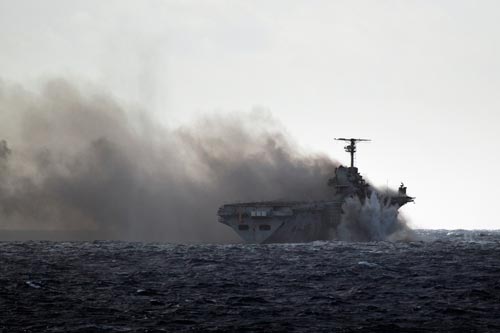
The guided missile destroyer USS Hopper out of Pearl Harbor fired its MK 45 5-inch gun at the decommissioned helicopter carrier New Orleans during Rim of the Pacific exercises Saturday about 70 miles northwest of Kauai. The New Orleans was struck by missiles, bombs and gunfire from ships and aircraft during the “sink exercise.”
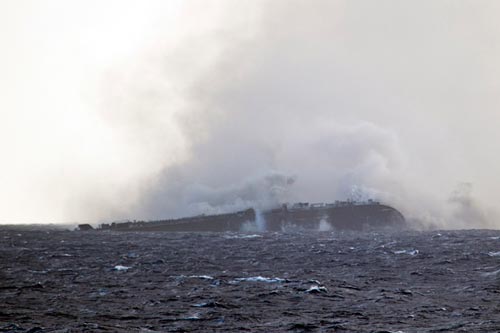
The guided missile destroyer USS Hopper out of Pearl Harbor fired its MK 45 5-inch gun at the decommissioned helicopter carrier New Orleans during Rim of the Pacific exercises Saturday about 70 miles northwest of Kauai. The New Orleans was struck by missiles, bombs and gunfire from ships and aircraft during the “sink exercise.”
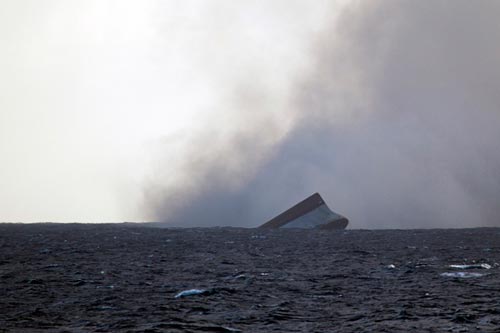
The guided missile destroyer USS Hopper out of Pearl Harbor fired its MK 45 5-inch gun at the decommissioned helicopter carrier New Orleans during Rim of the Pacific exercises Saturday about 70 miles northwest of Kauai. The New Orleans was struck by missiles, bombs and gunfire from ships and aircraft during the “sink exercise.”
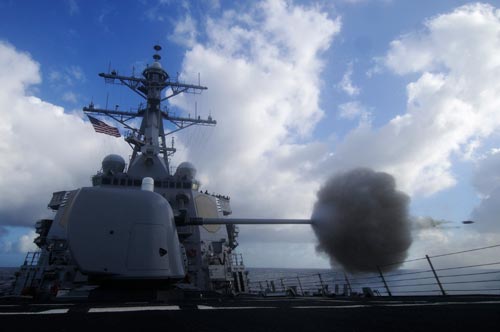
The guided missile destroyer USS Hopper out of Pearl Harbor fired its MK 45 5-inch gun at the decommissioned helicopter carrier New Orleans during Rim of the Pacific exercises Saturday about 70 miles northwest of Kauai. The New Orleans was struck by missiles, bombs and gunfire from ships and aircraft during the “sink exercise.”
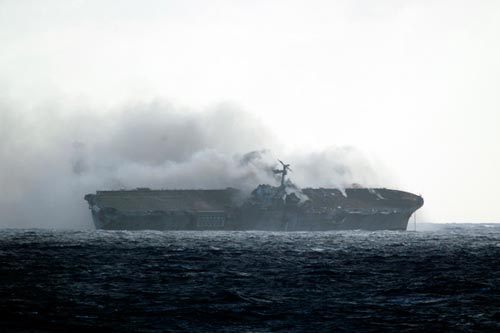
The guided missile destroyer USS Hopper out of Pearl Harbor fired its MK 45 5-inch gun at the decommissioned helicopter carrier New Orleans during Rim of the Pacific exercises Saturday about 70 miles northwest of Kauai. The New Orleans was struck by missiles, bombs and gunfire from ships and aircraft during the “sink exercise.”





The big helicopter carrier New Orleans held out for hours as it was pummeled by at least seven Harpoon anti-ship missiles, and then was finished by deck guns from a firing squad of ships from the U.S., Japan, Australia, Canada and France.
In between, an Air Force B-52 bomber dropped a laser-guided 500-pound bomb onto the 603-foot amphibious ship.
The aircraft carrier like New Orleans rolled on its side and went down at about 6:15 p.m. Saturday about 70 miles northwest of Kauai.
The "sinkex" (sink exercise) of the decommissioned flattop during Rim of the Pacific naval exercises was as big as the ship itself, for a variety of reasons.
It’s not often that anyone in the Navy gets to fire Harpoons, which cost $1.2 million for newer versions.
"That’s the first Harpoon I’ve ever shot," said Lt. Leonard Leos, 34, the weapons officer on the Pearl Harbor cruiser USS Chosin, who has served on four ships in his 15-year career.
Don't miss out on what's happening!
Stay in touch with breaking news, as it happens, conveniently in your email inbox. It's FREE!
Capt. Dave Sheridan, commander of the Chosin, said by phone that Saturday’s Harpoon firing was only the second for him in his 24-year career. "We train to do it all the time, but we rarely only pull the trigger," he said yesterday.
Gone, too, in the sinkex was the ship that tens of thousands of sailors and Marines had served on since its launch in 1968. The ship was decommissioned in 1997.
George Miller, 51, who was on the New Orleans in 1980 as it sailed in the Gulf of Oman during the Iranian hostage crisis, was philosophic about the extra-large-scale target practice using his former ship.
"It’s the reality. The military is the military. War is war. That’s what they (warships) are built for and designed for," the Sacramento, Calif., man said.
"It breaks our hearts that the ship that took us out in danger and brought us back to safety … is now gone," he said. "But the memories and the people on the ship aren’t gone."
Miller said that during the Iranian hostage crisis, the New Orleans was nearby waiting to deploy Marines, if called upon, to rescue Americans who were taken captive at the U.S. Embassy in Tehran.
The helicopter carrier also served in the Vietnam War, participated in recovery operations for NASA’s Skylab II and III missions, and offloaded 1,700 Marines during the first Gulf War.
Miller said his service on the New Orleans from 1978 to 1981 "was some of the best times I’ve ever had in my life.
"She was a big bucket — she rode the seas well," Miller said. The ship had mostly helicopters but also some Harrier jump jets on occasion, he said.
Crew members on the ships that did the sinking were cognizant of the service and memories that were aboard the New Orleans.
Matthew Walter, a sailor on the guided missile destroyer USS Benfold, sent Miller a message afterward. Miller has a website devoted to the New Orleans at www.lph11.com.
"We were involved in her final official military function," Walter wrote. "We sank her two miles under the sea on (Saturday). She took quite a beating before she gave up. It involved missile shots, bombing runs, and many 5-inch rounds. Excellent multinational training exercise and I want to thank the crews who served on her."
Three decommissioned U.S. ships are being sunk during RIMPAC exercises off Hawaii, which started June 23 and will end Aug. 1.
The Monticello, a dock landing ship, was targeted yesterday, and the Anchorage, also a dock landing ship, is scheduled to be sunk on Saturday.
The Navy, which doesn’t like to talk about RIMPAC ship sinkings in environmentally sensitive Hawaii, said the New Orleans was deep-sixed in 15,000 feet of water.
The exercise started Saturday morning after aircraft spent 2 1/2 hours clearing the area. Surveys were conducted to ensure that a "minimum range area" was clear and that marine animals were not in the vicinity, officials said.
To meet environmental standards, all fuel, oil and other fluids are removed and the lines are flushed before ships are sunk.
The New Orleans is one of the bigger ships sunk during the biennial RIMPAC exercises. In 2006, the 833-foot Belleau Wood, also an amphibious ship, was sunk 50 miles northwest of Oahu.
The Navy said the Calgary from Canada, the Warramunga from Australia, the Pearl Harbor-based Chosin and destroyer Benfold out of San Diego fired Harpoon missiles at the New Orleans.
Australian and U.S. P-3 Orion propeller-driven surveillance aircraft also fired Harpoons, and an Air Force B-52 bomber dropped a GBU-12, a laser-guided bomb, officials said.
Leos, the weapons officer, said a big fireball accompanied the launch of the Harpoon missile from an aft tube. "The missile comes roaring out almost too fast to see," he said, adding that the launch scorches the deck.
Leos said yesterday the launch was one of the highlights of his naval career.
"There’s just a large amount of planning that goes into it," the San Jose, Calif., native said. "Just to perform and be able to get the shot off the way we did was, to me, outstanding."



